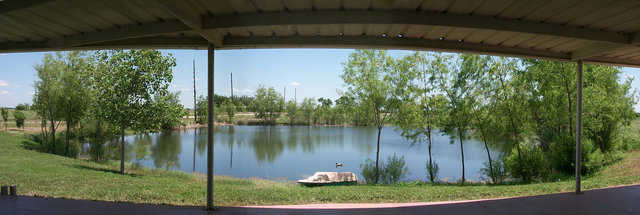Pattonsburg, Missouri Gets A New Monolithic Dome School — Finally!

The atmosphere around Pattonsburg, Missouri virtually sings with the sounds of construction, excitement and anticipation. After five years of what School Superintendent Gene Walker described as, “more than our fair share of trials and tribulations,” this small, rural community watches the completion of its new school facility — four Monolithic Domes.

































